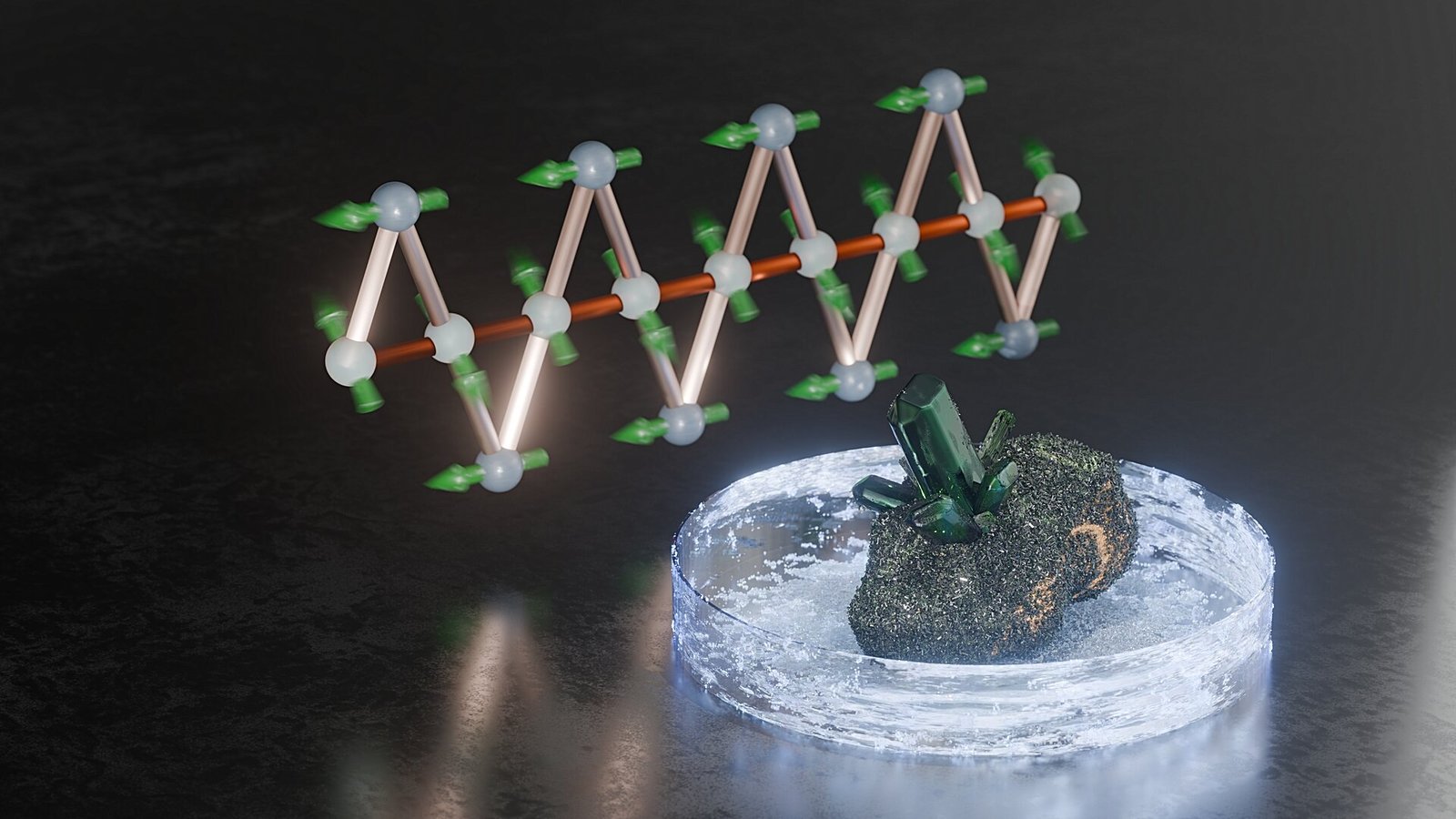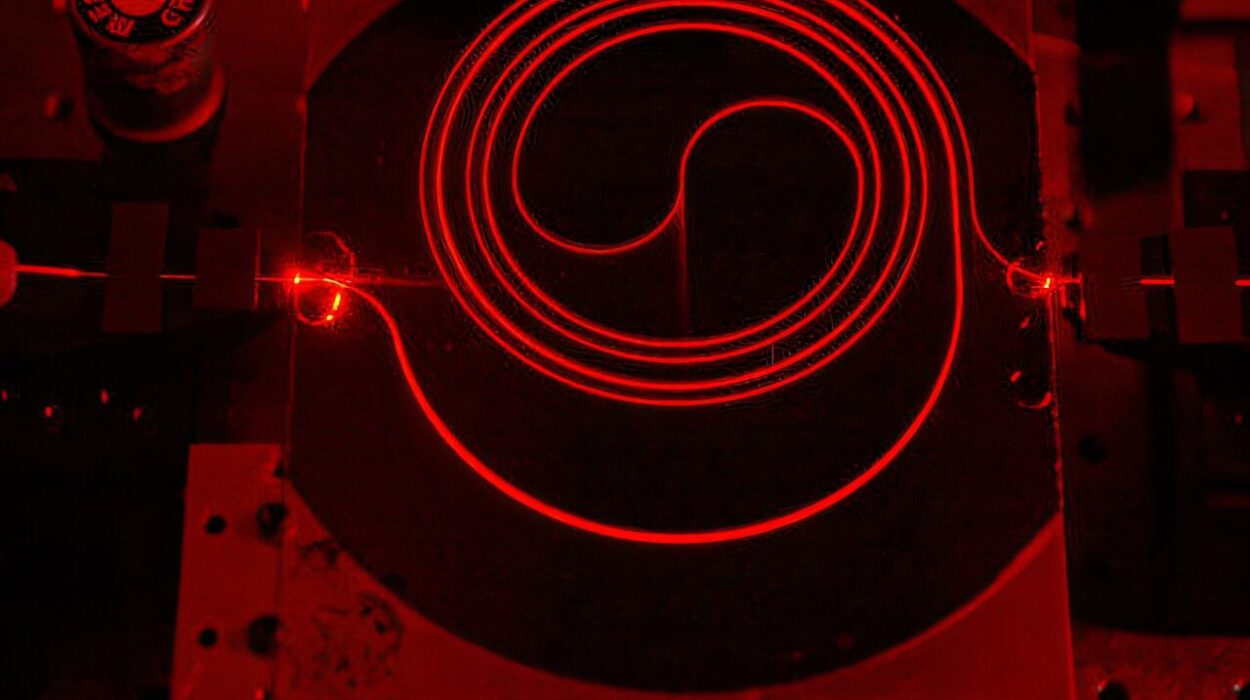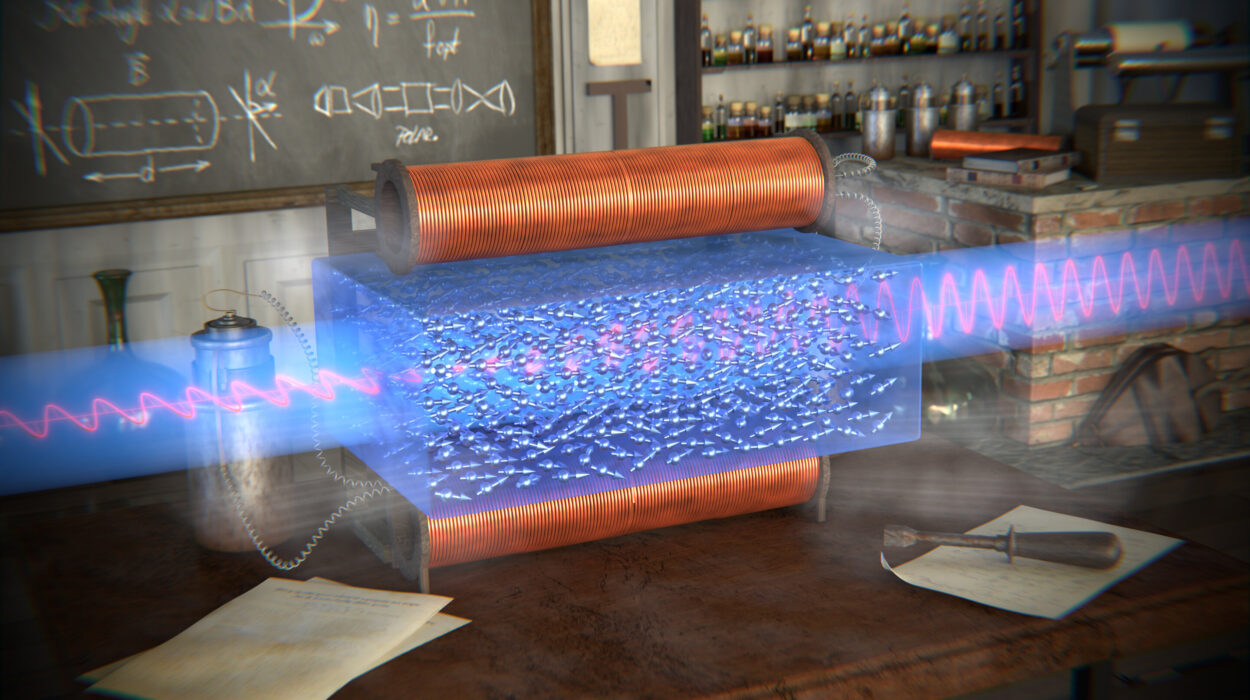In the intricate dance of life at the molecular level, understanding how large molecules—like proteins, DNA, and synthetic polymers—move and interact is crucial for breakthroughs in medicine, materials science, and biotechnology. But simulating the motion of these molecular giants has long been one of the grand challenges in computational science. Even the world’s most powerful supercomputers have struggled to provide accurate, efficient simulations without astronomical computing costs.
Now, a groundbreaking discovery by Jesse Hall, a physics doctoral candidate at the University of Oregon, has changed the game. Hall has developed a novel mathematical equation that significantly enhances the accuracy of simplified computer models used to study macromolecular motion. Published in Physical Review Letters, this innovation could transform how scientists study everything from cancer-causing mutations to the creation of next-generation sustainable plastics.
The Challenge of Simulating Macromolecules
At the heart of many critical biological and chemical processes lie macromolecules—large, complex structures such as proteins, nucleic acids, and polymers. These molecular machines constantly fold, twist, bind, and interact within a dynamic, watery environment filled with thousands of other molecules. Observing and predicting their behavior in real time is incredibly difficult.
For decades, researchers have relied on computer simulations to study these phenomena virtually, using mathematical models instead of synthesizing actual molecules. But modeling such large and complicated systems comes with a steep computational cost. That’s why scientists often use coarse-grained models, which simplify molecular systems by representing groups of atoms as single interaction units. This drastically reduces the computational load but introduces a new problem: how to account accurately for the friction experienced by molecules in their fluid environment.
“The friction affects everything,” Hall explains. “It influences how proteins fold, how DNA replicates, how drugs bind to their targets. And yet, for more than 50 years, getting an accurate value for friction in coarse-grained models has remained an unsolved puzzle.”
The Friction Factor
Friction in a biological context isn’t like the scraping between two solid surfaces. Instead, it’s a molecular drag—arising from constant collisions with surrounding water molecules, ions, and other proteins—that resists the motion of a molecule. This invisible tug-of-war significantly affects how molecules move and function.
“In simulations, we have to balance multiple forces,” says Professor Marina Guenza, Hall’s advisor and a leader in theoretical physical chemistry. “There are viscous forces from the fluid, random forces from molecular collisions, and internal structural forces holding the molecule together. Accurately representing all of these requires knowing the friction.”
Many previous models estimated friction using a classic approach known as the Einstein relation, which links diffusion (how fast something spreads out) to mobility (how easily it moves). However, those equations generally only apply to one type of motion—either the external drifting of the entire molecule or its internal wiggling and twisting—not both.
“Earlier models were like trying to describe the motion of a person walking in a crowd by only considering how fast their shoes move,” Hall jokes. “But the reality is far more complex.”
A More General Solution
Hall’s breakthrough was to devise a more universal version of the Einstein relation. His new equation accounts for both external diffusion and internal fluctuations simultaneously. This dual-level description brings scientists significantly closer to a complete picture of macromolecular behavior in simulations.
“We’ve developed a much more general form of the Einstein relation,” Hall says. “It gives us a flexible framework that can be tailored to specific systems, allowing researchers to tune their models for greater precision and reliability.”
This generality is what makes the equation so powerful. No longer confined to narrow applications, it can be used to study large protein complexes, DNA replication machinery, or synthetic polymer blends with equal effectiveness.
“This is a brilliant solution,” Guenza emphasizes. “It’s the first equation of its kind that can describe both the internal motions and the larger-scale diffusion of macromolecules through a fluid. Jesse’s work provides a robust, accurate tool for both basic science and applied research.”
From Theory to Transformative Applications
Although Hall’s work is rooted in theoretical physics and mathematical modeling, its implications extend far beyond the chalkboard. Accurate coarse-grained simulations can massively accelerate the development of new drugs, materials, and diagnostic tools.
In the pharmaceutical industry, for instance, simulating how a mutated protein behaves differently from its healthy counterpart can guide drug design without the need for lengthy, expensive lab trials. Similarly, in materials science, being able to predict how a synthetic polymer will behave under different conditions can lead to better biodegradable plastics or heat-resistant coatings.
“By using good coarse-grained models, scientists can simulate huge systems and watch how they rearrange, bind, and act like machines,” Guenza says. “You can tweak just one amino acid in a protein and immediately see how it changes the protein’s entire behavior. That’s incredibly powerful.”
And that power, Hall adds, can now be harnessed with greater confidence. “We’ve given researchers a tool to build better simulations, faster and more affordably,” he says. “It opens the door to studying complex problems that would’ve been too computationally intensive before.”
DNA Replication, Cancer, and Molecular Mechanics
One particularly exciting application of Hall’s work lies in understanding DNA replication. This fundamental process underlies cell division and life itself, and it’s also where things can go disastrously wrong. Errors during replication can lead to mutations, some of which are the roots of cancers and genetic disorders.
Hall’s equation allows researchers to simulate the mechanics of replication with unprecedented realism. “We can now better understand how proteins interact with DNA,” Guenza says. “That could help us identify the molecular origins of replication errors and develop ways to prevent or correct them.”
Such insights could lead to novel therapies for diseases rooted in genetic instability, from certain leukemias to inherited neurological disorders. “When we understand the mechanical underpinnings of how DNA replication fails, we can think more clearly about how to intervene,” Hall notes.
Building the Future of Simulation Science
Hall’s contribution is not just a single equation—it’s a stepping stone to a broader ecosystem of simulation tools. The Guenza group is already integrating this new model into a suite of software packages used by computational chemists and biophysicists around the world.
“We’re building a toolbox,” Hall says. “It’s theoretical now, but the end goal is to make it practical—something other scientists can use to work on problems I haven’t even imagined yet.”
His humility belies the potential impact of his work. By solving a decades-old problem in friction modeling, Hall has laid the groundwork for a new era of molecular simulations that are more comprehensive, efficient, and accessible.
A Bright Future for Molecular Simulations
As science marches deeper into the nano realm, where biology, chemistry, and physics blend seamlessly, the ability to simulate molecular behavior accurately is more important than ever. Hall’s new equation represents not just a technical triumph, but a conceptual leap in how we model life itself.
By helping researchers decode the choreography of molecules with greater clarity and speed, this innovation is poised to drive progress across diverse fields—from curing genetic diseases to designing next-generation biomaterials.
And at the center of this revolution stands a young graduate student who dared to reimagine an old equation, and in doing so, unlocked new possibilities in the science of life.
Reference: J. M. Hall et al, Generalized Einstein Relation for Markovian Friction Coefficients from Molecular Trajectories, Physical Review Letters (2025). DOI: 10.1103/PhysRevLett.134.147101






